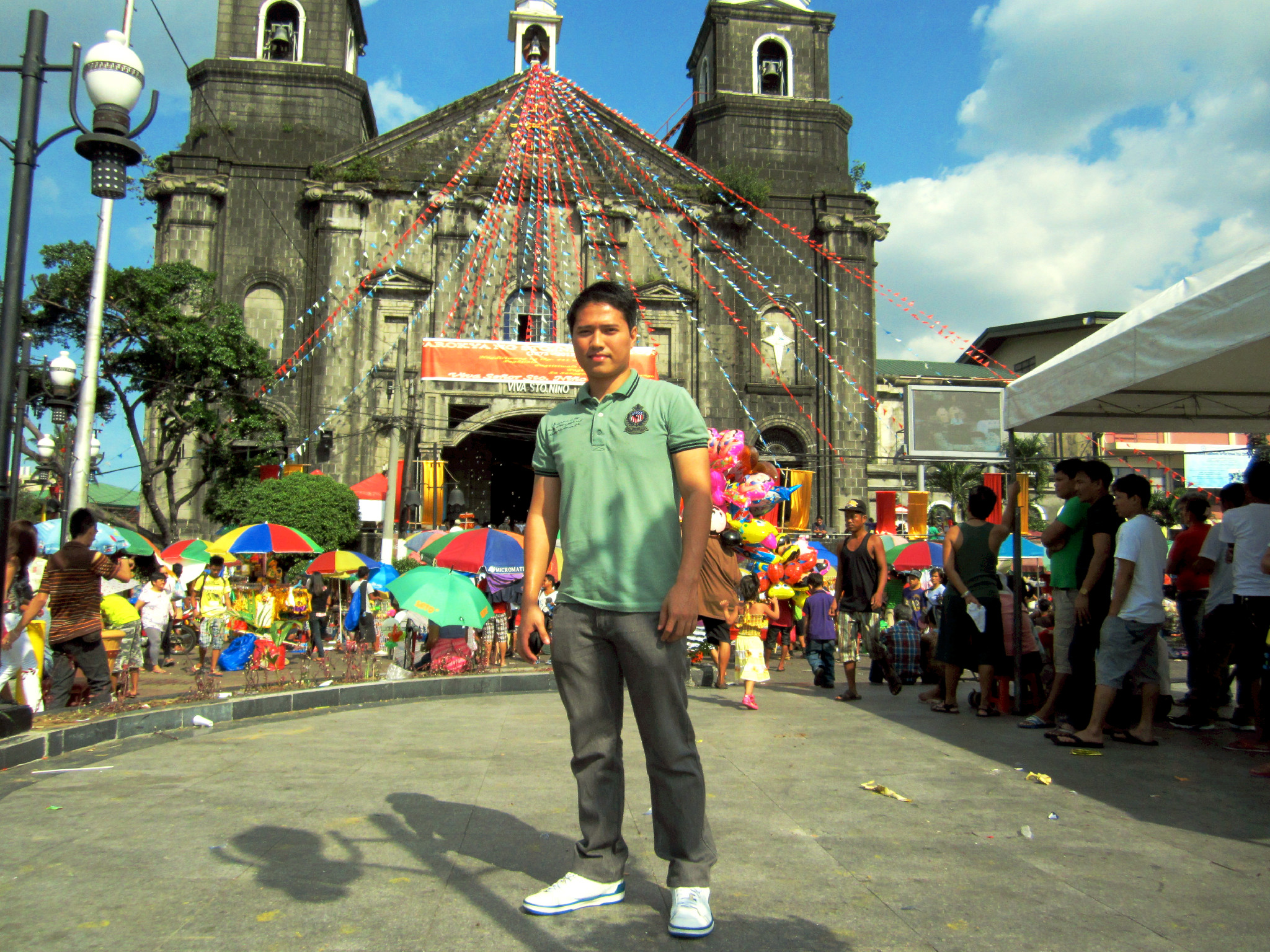The feast is celebrated on the third Sunday of January, which is significant religiously. This day has been visited by thousands of devotees and pilgrims nationwide. Several activities are witnessed, including the fluvial procession of the holy image of Sto. Niño, mass celebration, and street dancing.
As I celebrated the mass on this day, I was struck by the sight of thousands gathered inside the church and near the parish. The presence of infants and toddlers, carried by their parents to receive Divine blessings, was a powerful testament to our collective faith. This feast fosters a profound sense of community, where we all come together to celebrate our shared beliefs and values.
In Cebu City, located in the central Philippines, the feast of Sto. Niño de Cebu is also celebrated by millions of Cebuanos and visitors from different places in the Philippines. Even foreign tourists visit the city to witness the grand parade known as the 'Sinulog Festival, a spectacular event featuring a grand procession of beautifully adorned floats, colorful costumes, and lively street dancing.
The 'Sinulog' is a vibrant and colorful festival that is a significant part of the Sto. Niño de Cebu celebration. Niño de Cebu celebration. Several groups or tribes, known as 'Sinulog contingents, 'are dressed elegantly and dance gracefully, along with the beat of drums and other instruments. This yearly event, known as the 'Sinulog Festival, 'features a grand procession of beautifully adorned floats, colorful costumes, and lively street dancing. It captures the attention of many people and is visited by millions just to participate and celebrate in honor of Sto. Niño.
Many places in the country celebrate the feast of Sto. Niño and shows the religious devotion of the people to the child Jesus. Despite the misfortune and misery in people's lives, faith in God is still a powerful weapon to remain strong and faithful.
It takes courage and determination to be optimistic in times of difficulty, and the Filipino people have shown remarkable resilience and survival. The colorful costumes, the magnificent parades, and the festive atmosphere are not just for show; they celebrate our unwavering faith and the indomitable strength we draw from it. They are a testament to our ability to overcome adversity and remain faithful.
Viva Sto. Niño!
© 2013 Del Cusay



